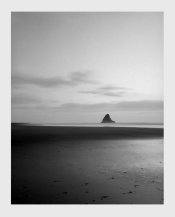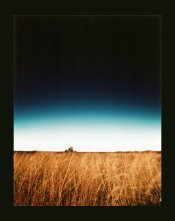As one who has made a telescope, including grinding, polishing and figuring the parabolic primary mirror (starting from a cast Pyrex blank), I've got a little idea what goes on. Yes, making lenses is well within reach of amateurs. No, you don't want to start with lenses -- optical glass is expensive. Start with mirrors -- the techniques are the same, and you can work with plain soda-lime float glass (i.e. window glass) in thicker sizes, which will save you a lot of money. What makes lenses trickier than mirrors are that they have to be made from a particular glass (to have the correct index and dispersion), with pretty exact control of surface curvature, centering, wedge, and thickness, usually with final figuring based on optical testing because it's impossible to measure the surface accurately enough by any other means. Often it's necessary to make a number of other optics (which can often be reflective, and so require only a single perfect surface without constraints on those other qualities, and can be from nearly any material) just to test the one you're working on.
Even very experienced amateur opticians blanch at the thought of making cemented surfaces, but some of them have done it; there's nothing that would prevent a dedicated amateur from making a copy of a Tessar, Doppel-Anastigmat, or Rapid Rectilinear if so inclined.
Machines are often used, but they bear more resemblance to a potter's wheel than to a lathe in most cases, at least for astonomical optics (though very small lenses have been ground on machines with horizontal spindles).
The time factor is tricky -- you might well spend only 10-20 hours actually grinding and polishing each surface of a lens, but intersperse that with two or three times as much time making test equipment and testing in order to bring the lens to the correct final prescription. Add to that the cost of suitable pieces of certain exotic glasses needed for achromatizing and aberration correction, and things quickly get ugly, even if you can find the necessary information to duplicate the prescription for a particular lens.
If you want to design your own, then you add the complications of obtaining and using suitable software that can correctly deal with multiple elements and glass types; OSLO is the only package I'm aware of, and the full version is comparably priced to an industrial CAD/CAM package. There's a trial version, but it may be too limited to deal with deep curves or more than two or three elements.
Coating a lens isn't out of the question -- I read somewhere (can't remember now if it was on APUG or the Camera-Fix list) that there is a Ukrainian service that will multi-coat loose glass for quite reasonable prices, including strips and recoats of existing lenses (the tricky part being you have to remove them from any cells before shipping); there's speculation they're piggybacking on the coating equipment at the Arsenal optical factory. This would be a perfect way to get a one-off handmade lens coated. Cement first, please...











